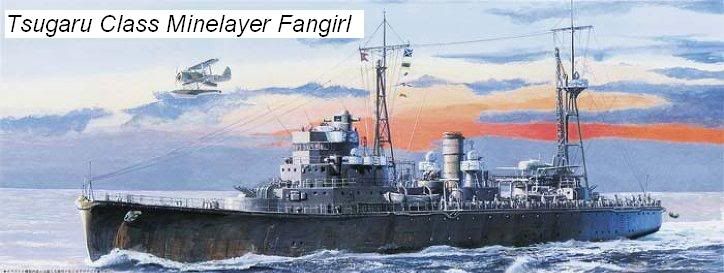ORIGINAL: Macclan5
The "reverse Pearl Harbor" moniker is an American Assignment based on the success of the mission.
Quoted in - comes from - Battle 360 History TV series covering the deployment of the CV Enterprise.
I cannot ever actually recall reading the 'Pearl Harbor analogy' in any book... however I may be wrong. [:D]
--
The strategic impact on Japan is certainly debatable.
I think the psychological / confidence impact on the USNavy is a far more important outcome and sort of missed in this conversation.
1) The USN knew practically nothing about Truk; didn't even have accurate maps. They relied on maps generated by British Explorers in the 18 century. There was fear of the great unknown in planning the raid.
2) The USN had the "germ of the idea" of how effective the 5th/3rd Fleet Fast Carrier Strike force could become. This was a proving test of sorts. They assumed they may find carriers. They assumed they may find battleship. They didn't find either but they still struck against the target flushing out the concept of the Fast Carrier Task Force.
3) The USN had relatively new F6F Hellcats which once and for all dispelled the fear of the Zero superiority. The F6 could not only compete but win consistently with anything close to equal numbers. This dispelled a lot of the concerns about the IJN Air Force.
So I think the emphasis of the debate is not so much about the strategic impact on Japan - as much as it is about the psychological impact on the USN.
After Hailstone the USN never stopped attacking with a high degree of confidence that had both the initiative AND the weapons that would lead to at least a "favorable outcome".
I don't think they're arguable. The IJN never again used Truk as a forward staging base for the KB. Troops and supplies in transit to Eniwetok were prevented from reaching there prior to the American landings there. What is more, any hope of reinforcement
and resupply to there, or anywhere else in the South/South West Pacific ended. Basically, the Caroline and Gilbert Islands were totally isolated and the Japanese "outer ring" defenses rendered impotent.
I suppose you could argue that the Japanese could have re-supplied and reinforced if they really wanted to, but in my mind the mechanism of action is irrelevant. Whether or not it was because the attack on Truk material prevented the Japanese from maintaining their positions in the South Pacific, or it was the psychological impact of the raid (on both sides) that prevented the same, does not really matter in the end. Secondarily, as the game beautifully illustrates, the warships the IJN lost at Truk were irreplaceable and their loss had a
very real impact on the IJN--obsolete or not.
The fact of the matter is, after Operation Hailstone, the IJ in the South West Pacific were abandoned to their fate by the Japanese high command.
This was the outcome, though in reverse, the Japanese hoped for at Pearl Harbor; however, there was a real underestimation of American strength, and a lack of recognition that the United States government was, in part, trying to goad the Axis into bringing the United States into the war.
That and, of course, the fact the United States Navy was more than capable of recovering from the losses at Pearl Harbor. All but what two American ships sunk at Pearl were refloated and repaired, all while the USN continued to churn out ships from their 1939 build plan.
Playing at war is a far better vocation than making people fight in them.














